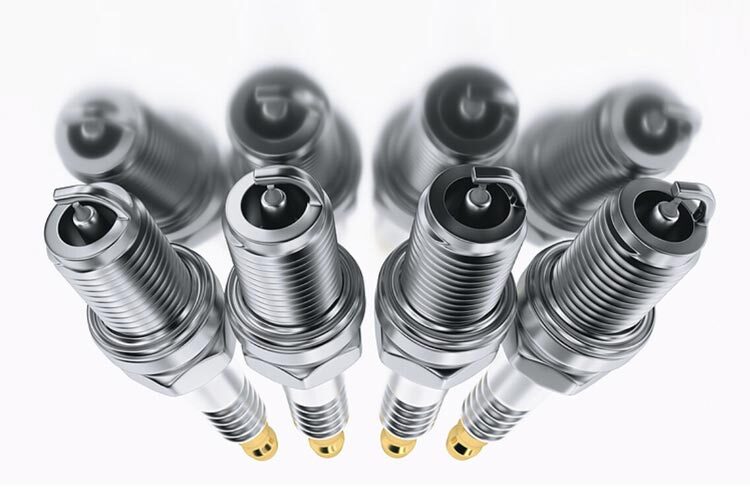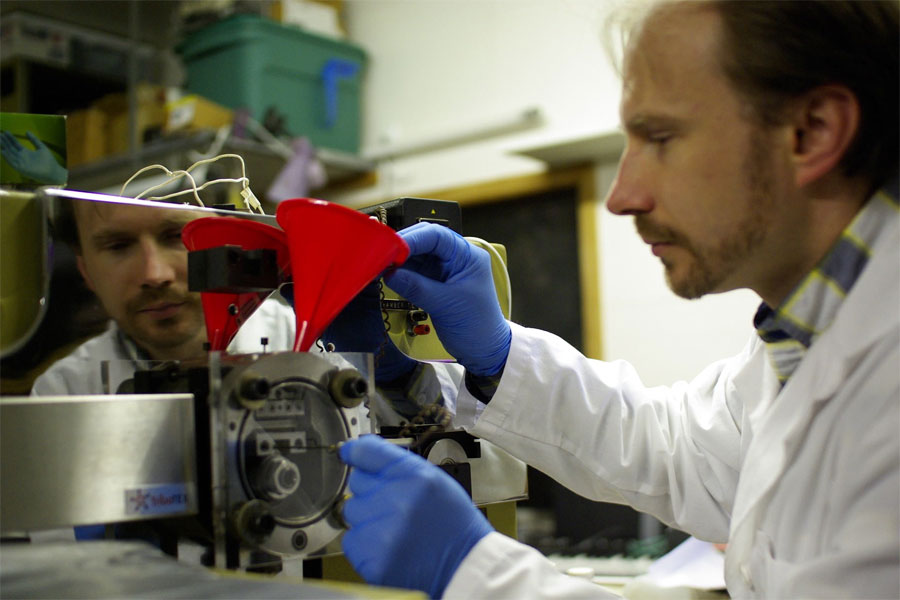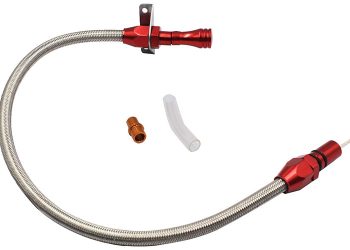Vehicles come with great favors, providing mobility and freedom. But at the same time, they are highly risky and dangerous. Do you want to know how? Stay with us to get the answer.
An engine is the heart of a car, and if there is a slight problem with it, the whole vehicle suffers. The spark plug is one of the four valves of the engine. No one can even think of driving a car without these plugs.
Spark plugs are essential because they help keep your car moving, and without one, it doesn’t start at all. This is the most basic function of the spark plug, and there is much more to learn about how it works, how long it lasts, and when you know it’s time to replace it.
Knowing more about their operation, maintenance, and replacement is one key to making sure your engine runs well. A suitably operated engine requires a properly gapped spark plug.
The gap size difference affects the spark plug’s firing temperature, directly related to fuel and air combustion. Opening the gaps generates more spark, which is useful for some custom engines to maximize efficiency. You can learn to differentiate spark plugs by measuring and adjusting them accordingly.
Below you can find more information about spark plugs, how you can check them for proper adjustment and functioning, why gapping of spark plugs is necessary, the outcomes of incorrect spark plug gap, and many more.
Spark Plug Gap and its Importance
Gapping a spark plug means adjusting the gap between the spark plug’s center electrode and the ground electrode. When replacing the spark plugs, keep in mind that the spark plugs need to be in a gap for the engine’s proper performance.
Set plugs in a way so that the arcing (the formation of an electric arc) occurs at the appropriate voltage that ignites the fuel and produces the combustion that runs the engine.
Do the Spark Plugs Always Have to Be Gapped?
Spark plugs were required to be gapped in the past, but today spark plugs are usually pre-gapped. It is advisable to double-check that the gap is set correctly to the vehicle’s recommended setting when installing the spark plug.
How to Gap the Spark Plugs
Keep in mind that the higher your engine’s pressure and power, the less gap your spark plug will need. The larger the gap, the more voltage you will need from your ignition so that the spark can pass through this gap.
The following points explain how to gap your spark plugs:
1) Clean your Spark Plug
First, gently clean the spark plug. If a spark plug is already in use, it may get dirty at the contact points. Always use a lightweight or soft material to clean the spark plug like a wire brush. If it is a new one, it will look clean and fresh beforehand, with the side electrode’s tip centered on the center electrode.
2) Select the Perfect Number on your Feeler Gauge, and Run the Gauge between the Electrodes.
To find the right gauge, determine your car’s desired spark plug gap, available either in your car manual or online.
Measure the current gap of the spark plug. Run the tool through the electrode to determine the measurement using your gap gauge or feeler gauge. If the gauge does not pass or it passes smoothly without touching the electrodes, you need to adjust the electrodes’ distance.
3) Adjust the Gap As Necessary
Make any necessary adjustments. Choose the correct measurement on your gap gauge or feeler gauge. If the wire does not pass, the gap is too narrow. You may need to enlarge the gap by sliding the tool between the two electrodes.
If the gauge passes easily without touching the electrodes, the gap is wide. It would be best to reduce the gap slowly, but firmly, by squeezing the electrodes together.
Keep in Mind
Be very careful when making adjustments. Do not bend the electrode more than a fraction of an inch. It is durable but not designed to take on too much pressure. Also, be careful not to hit the center electrode. If you snatch the electrode from below or damage the center electrode, you will need a new spark plug.
Precious metal iridium or the platinum center electrodes can be very fragile when it comes to touching them. It is essential to use the appropriate spark plug gapping tool.
4) Run the Gauge Through the Gap Again
Recheck the gap. You want the gauge to pass easily, just holding the electrode as it goes through. Repeat this adjustment process until the tool fits closely between the electrodes.
Effects of Incorrect Spark Plug Gap
If the spark plug gap is set incorrectly, it can cause engine problems. The user may experience power outages, misfires, spark plug fouling, increased plug wear, or low gas mileage.
Too little of a gap may weaken a spark to complete the combustion process within the engine. Spark plugs cannot be adequately fired at extensive gaps, leading to misfires at high speeds.
Conclusion
Accurate knowledge of the spark plug gap is essential for every car owner. Spark plugs that are improperly gapped can lead to the engine’s abnormal performance or even reduce the life span.
In short, it is best to keep checking if the spark plugs are correctly gapped so that you stay stress-free during your ride and provide your car a healthy engine.














